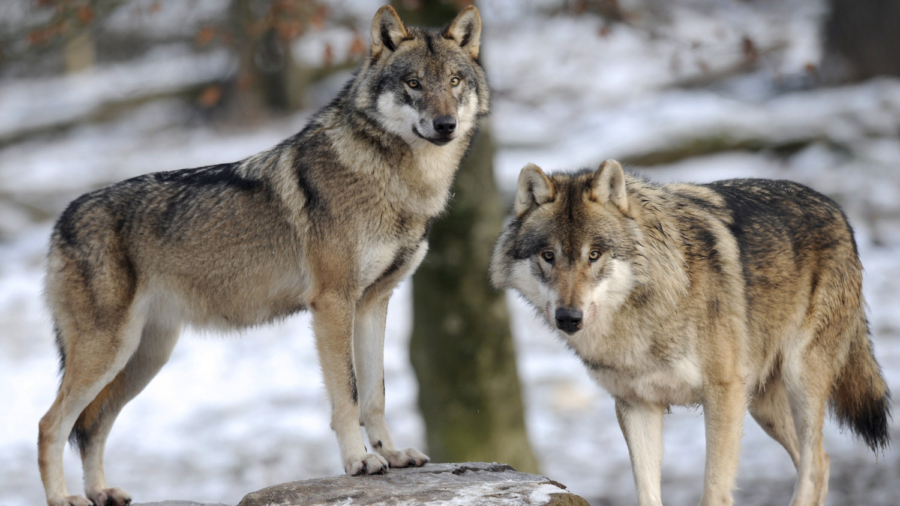A lone wolf has emerged from the radioactive Chernobyl Zone, and based on GPS tracking, journeyed some 229 miles (369 kilometers) from its home.
The finding is a sign that the abandoned site of the Chernobyl nuclear disaster, may serve as a source of animals for the wildlife populations living outside of it.
At the same time, the wolf’s long distance movements have also raised concerns about mutated genes being spread to outside animal populations.
The Chernobyl Exclusion Zone (CEZ) is a 1,660 square mile (4,300 square kilometer) area in Belarus and Ukraine, which remains heavily contaminated following the 1986, nuclear accident.
Even so, it appears that with the absence of human interference, certain wildlife there is thriving.
Wildlife ecologist at the University of Missouri at Columbia, Michael Byrne said that the area has “become a de facto nature reserve,” reported Live Science.

Byrne is the lead author of the study that has tracked 14 gray wolves in the Belarusian area of the CEZ, using GPS collars. Of those tracked, 13 are adults over 2 years old and one is a male juvenile that is 1 to 2 years old.
There have been no obvious signs of mutation in the population, according to Byrne.
“No wolves there were glowing—they all have four legs, two eyes and one tail,” he said.
According to the study, the adult wolves remained within the zone, while the juvenile ventured well beyond his boundaries.
Over the course of three weeks, it traveled 229 miles (369 kilometers) from its home range center.
However, a malfunction with the juvenile wolf’s GPS collar means that it is not possible to know if the animal remained permanently outside the CEZ or returned home.
Even so, “It’s just cool to see a wolf went that far,” Byrne told Live Science.
“Instead of being an ecological black hole, the Chernobyl Exclusion Zone might actually act as a source of wildlife to help other populations in the region,” he added, referring not only to wolves, but also to the other animals that exist within the zone.
As for whether animals born within the zone carry mutations with them to outside populations, there is currently no evidence to that effect, Byrne said.
He added that spread of mutation “is an interesting area of future research, but not something I would worry about.”
From The Epoch Times


